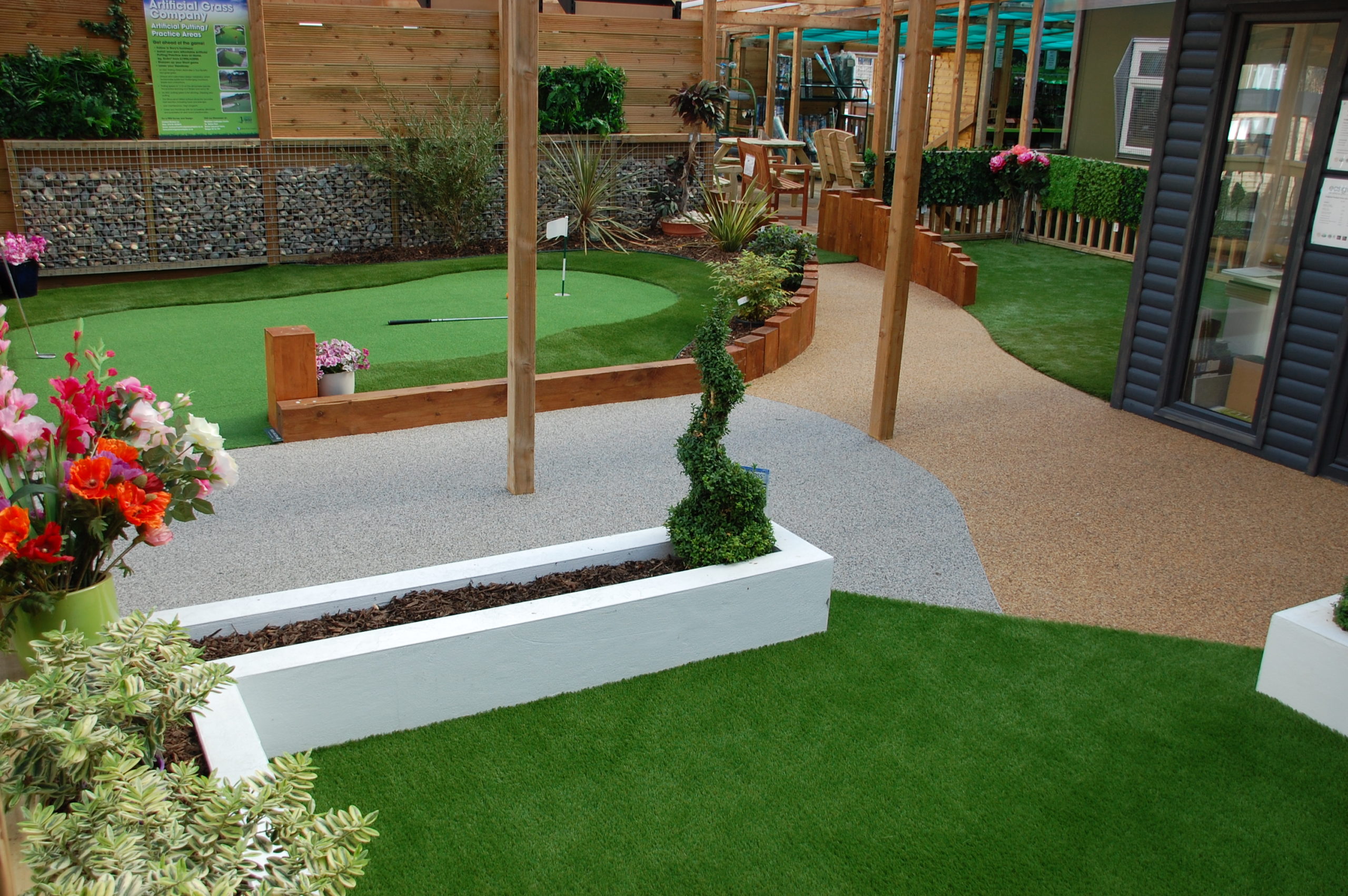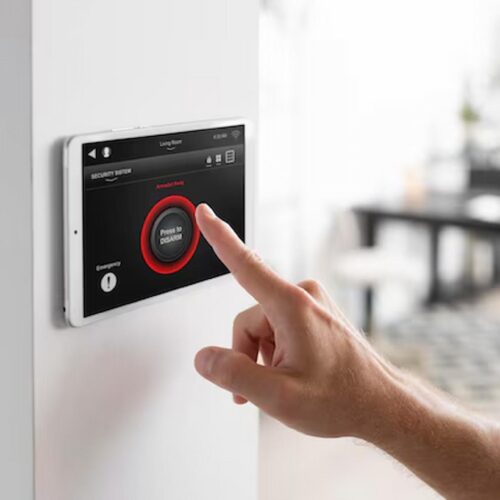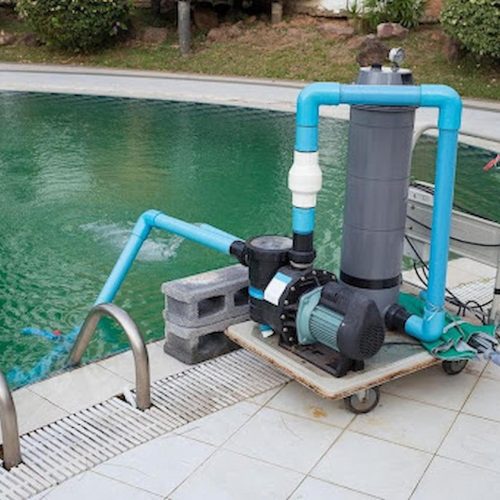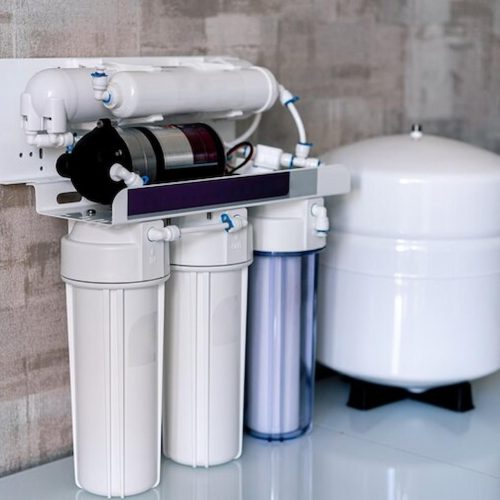The adaptability and convenience of synthetic turf make it the perfect choice for nearly any environment. Artificial Grass does not need any water or mowing. It can also be cut down to any size or shape. Taking this into consideration, it would be unfair not to discuss the creative ways artificial grass can be put to use.
For those who live on the top most floors of their flats or have homes with flat roofs, artificial turf can easily be installed on top of the other roofing materials. Used in this manner, the turf could add a touch of colour and style to your home. The other benefits of installing artificial turf on your roof are: improved drainage. When it rains, water on a typical roof is immediately conveyed to the roof drains and directed to the plumbing tubes. Research shows that that a green roof (built with artificial grass) can retain as much as half of this water and release it back into the atmosphere. Applied on a large scale this would greatly reduce the burden on the sewer system by reducing the risk of flooding. As an added benefit, the cost of water treatment would also be reduced. Artificial green roofs also increase the lifespan of the underlying roofing material. This is so because the grass carpet shields the roofing from exposure to direct sunlight and strong wind. Green roofs improve energy efficiency through thermal insulation. They clean the surrounding air by capturing microscopic particles. Forinstallation on a flat roof, it is recommended that PDS tiles are used. These tiles prevent the build-up of excessive amounts of water under the grass carpet by creating a drainage channel between the roof and the synthetic carpet which allow runoff. Though Artificial Grass is not as heavy as natural grass it is important to consider how much weight the roof can carry before installation.
Generally, properly installed artificial turf will last for more than 20 years. Careful maintenance could push its lifespan up to 30 years. Many manufacturers offer warranties of eight years or more. Most synthetic grass brands have a chemical coating to prevent fading and damage from U.V light exposure. Grass carpets that are set up in mountainous regions which receive heavy precipitation in the form of rain or snow will perform satisfactorily provided that there is good drainage. The strong adhesives used will prevent wind damage. In areas where the climate is hot, the grass may feel hot to the touch. This problem can be solved through the use of infill materials that reduce heat absorption. The turf itself will not be affected by the hottest sunshine provided there isn’t anything to reflect or amplify it.



